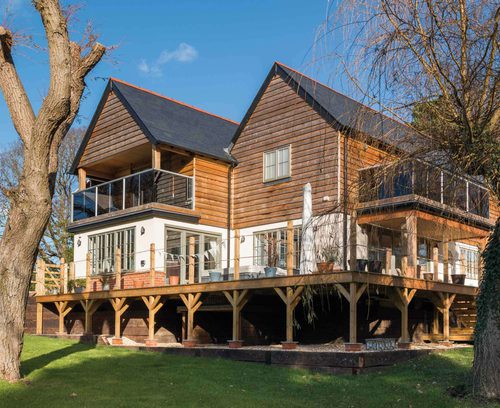
Self Build
What is Self-Building?
Self-building is the process of creating a new home from scratch, rather than buying from a developer. Self builders get input into the design and specification of their new home, make decisions about energy efficiency and control with what and how it gets built. It can be satisfying but it is not for everyone.
Potton will now bring all the advantages of self build by providing totally customisable turnkey homes to our customers.
Why self build or have us build your dream home?
There are many reasons why people prefer to self build. It could be to take advantage of a great location, you have a plot that is perfect for building, or you can't find an existing property within your budget on the housing market. Self-building can be a great solution to constructing a house that suits your lifestyle, giving you the freedom and flexibility to create a design in a location unique to you.
Today, Potton by Home@ix will build your totally customisable turnkey home so you can have your dream home without becoming a self builder. Now everyone has the opportunity of building their own bespoke home.
7 Benefits of totally customisable homes
- The opportunity to create a home to suit your lifestyle
- A chance to create a bespoke home built to your preferred specifications
- Allows you to build a home that meets the most recent building regulations, with a focus on improved energy efficiency
- The opportunity to add underfloor heating and renewable technologies
- Gives you the chance to add aspirational features such as vaulted ceilings and a gallery-style entrance
- If you self build in the UK, you can take advantage of zero VAT on most items of the build
- You’re the boss. Spend on items that are important to you and save where you can
What kind of home can I create?
One of the fantastic things about our homes is that you’ll end up with a property that’s unique to you. This is your chance to specify exactly what you’re looking for in a home, from major areas such as style, layout and running costs to the little details, such as quality of finishes.
